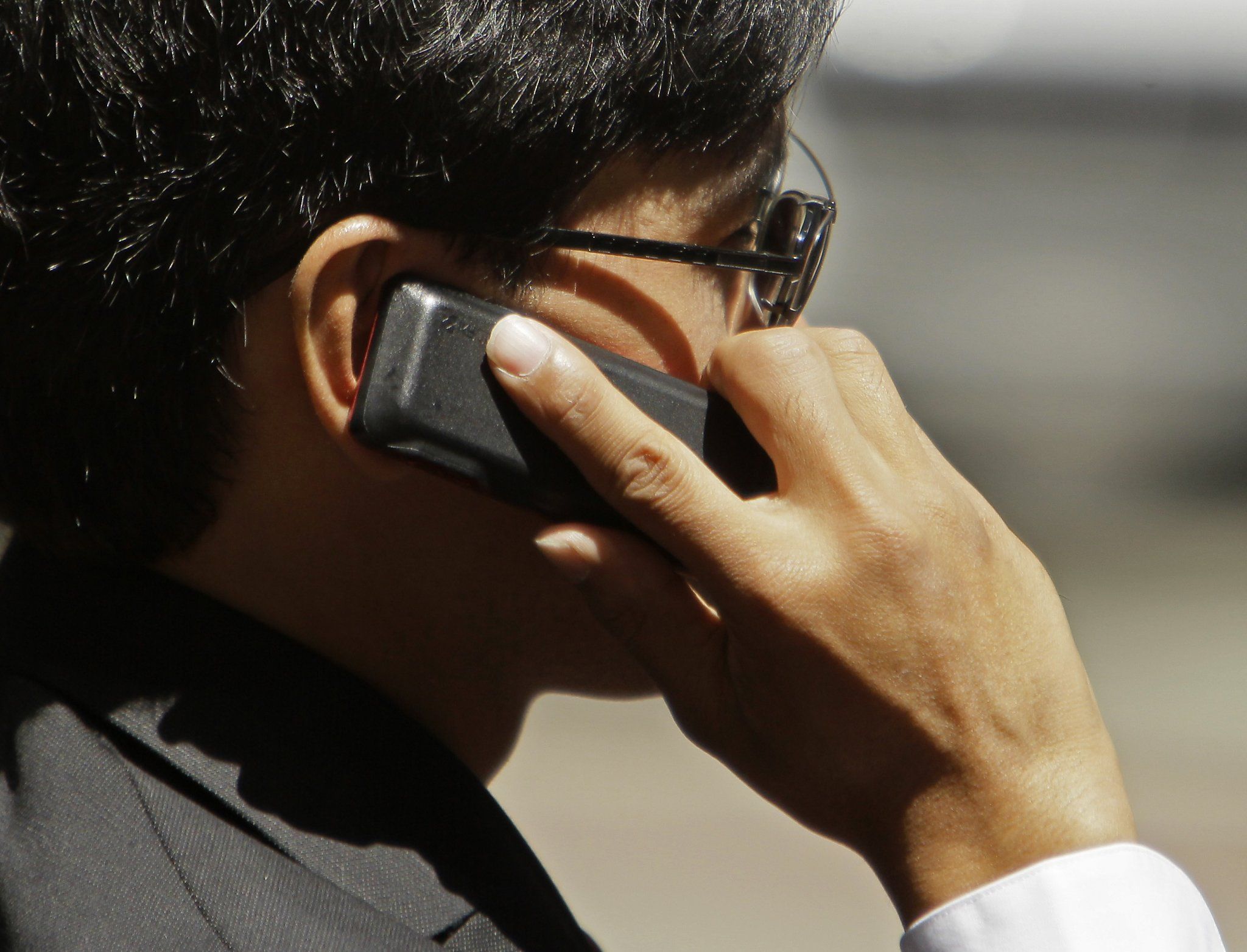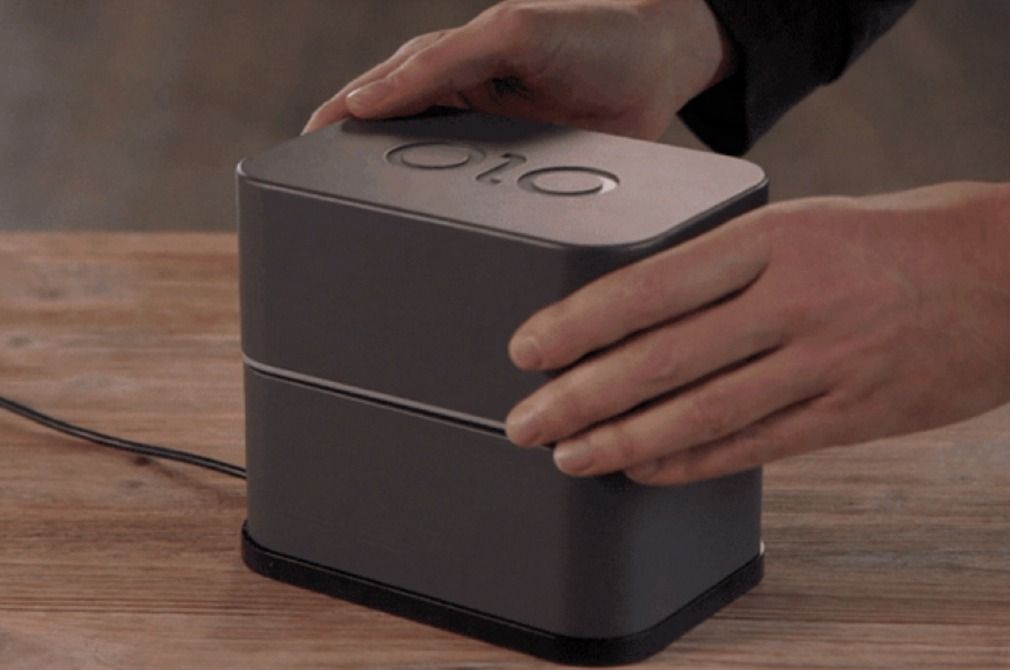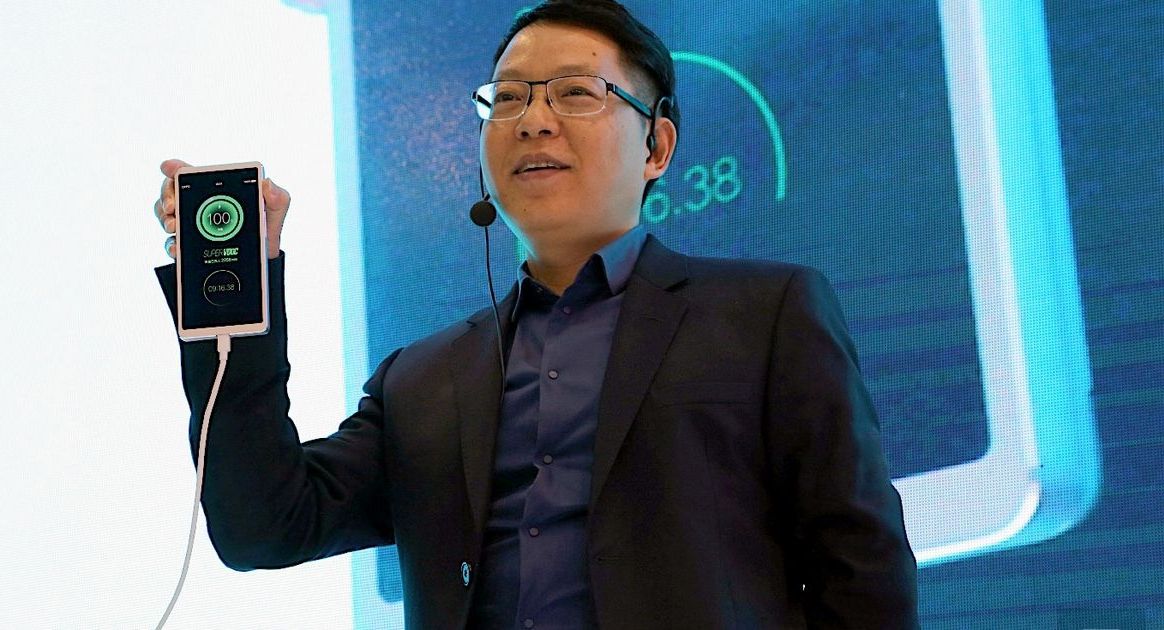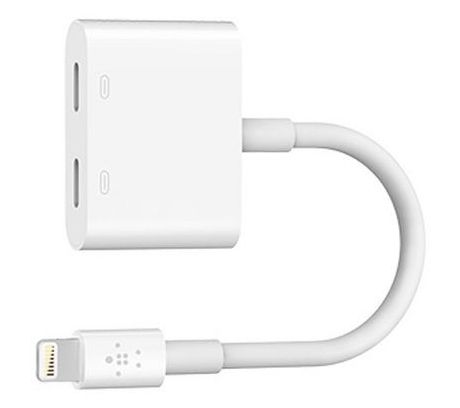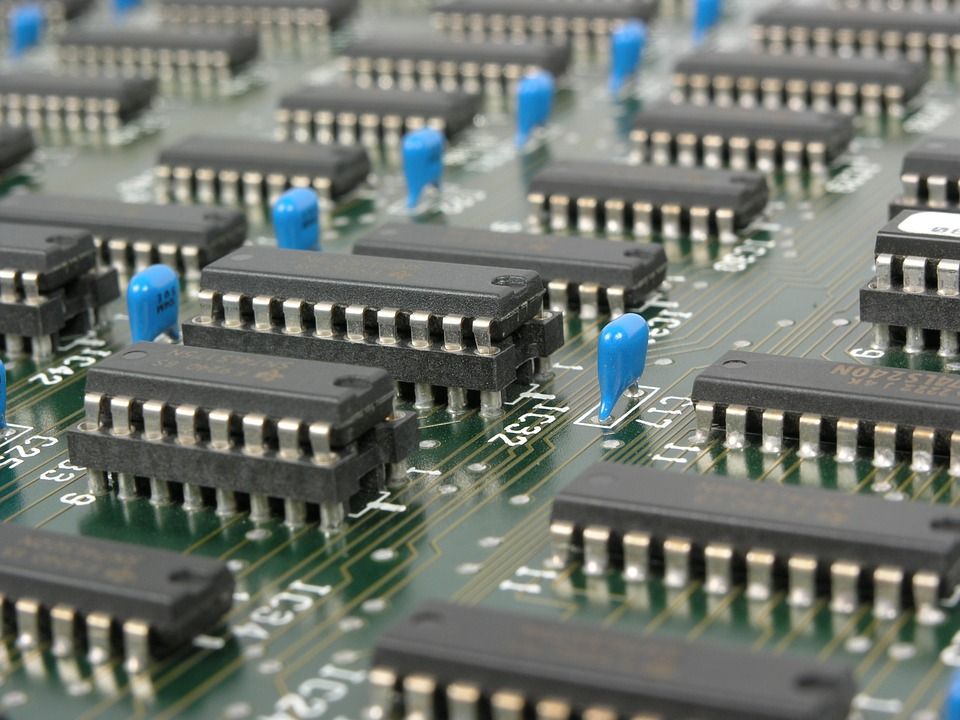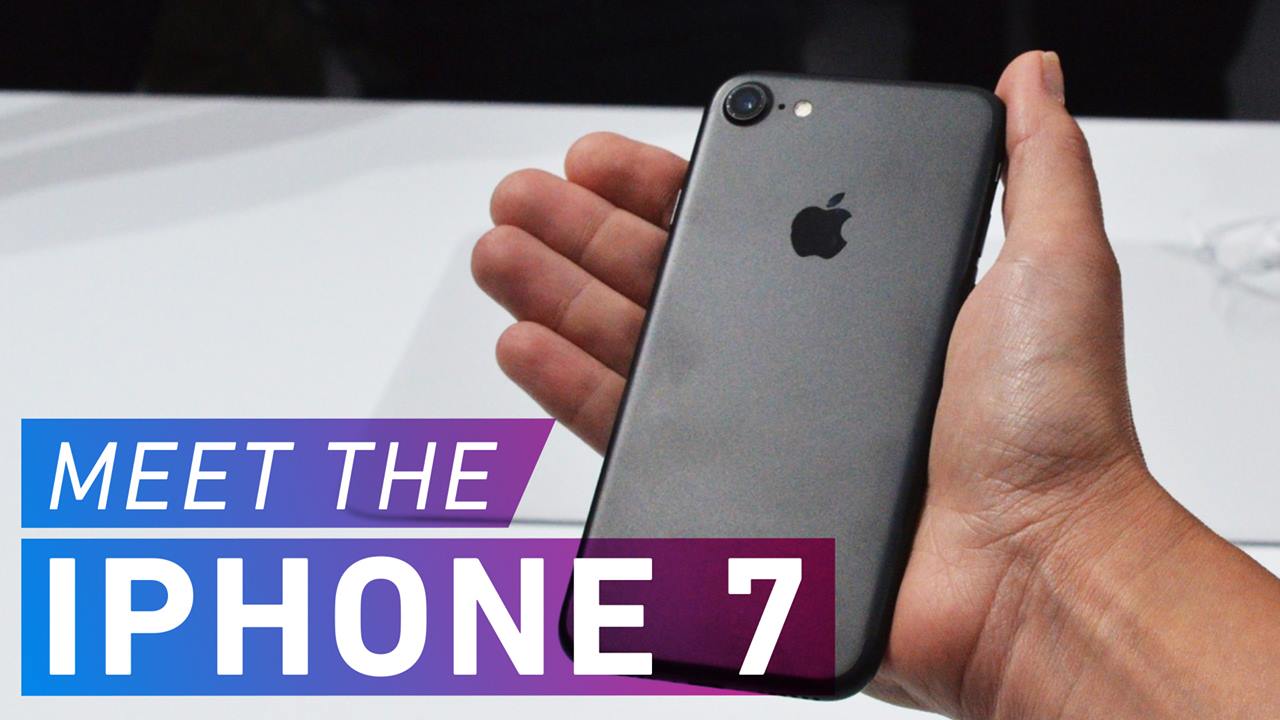Sep 13, 2016
Court questions whether Berkeley cell phone law goes too far
Posted by Karen Hurst in categories: government, law, mobile phones
A federal appeals court questioned during a hearing Tuesday whether the city of Berkeley is unduly discouraging customers from buying cell phones by requiring retailers to warn them about the possible radiation effects of carrying switched-on phones close to their bodies.
Berkeley’s ordinance, challenged by the cell phone industry, requires dealers to notify customers that the federal government sets radiation standards for the phones and that a user may be exposed to levels above those standards by carrying a cell phone in a pocket or tucked into a bra when the device is connected to a wireless network.
U.S. District Judge Edward Chen of San Francisco allowed the law to take effect in January, saying the warning was based on research and guidelines by the Federal Communications Commission.
Continue reading “Court questions whether Berkeley cell phone law goes too far” »
